Reportar esta entrada
Más sobre la misma comunidad-colección
El Juzgado del Condado de El Paso, 1886 a 1917
El Paso County Courthouse, first of three at current location.
El Equipo de Carreras del Departamento de Bomberos de El Paso
These men were Southwest champions with a run time of 22 seconds ...
Retrato de dos Mujeres afroamericanas
The images of these two African American Women was taken in the ...
Retrato de una Pareja afroamericana
The image shows a African American couple on a cabinet card. ...
Dr. Haldeen Braddy y Manuel Acosta
Dr. Braddy personally signs his book "The Paradox of Pancho ...
John Wesley Hardin (26 de mayo, 1853 – 19 de agosto, 1895)
Hardin claimed to have already killed 42 men, but newspapers of ...
Anita Blair con su Perro Guía Fawn
Anita Blair was a state representative and community activist, ...











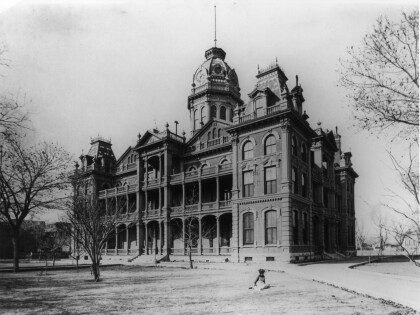
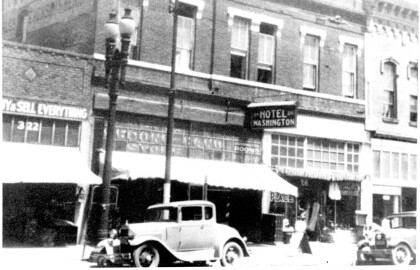
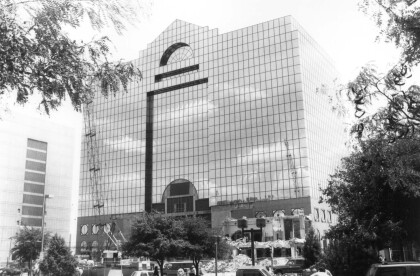
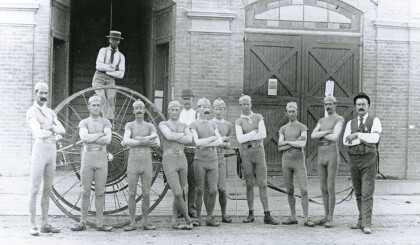
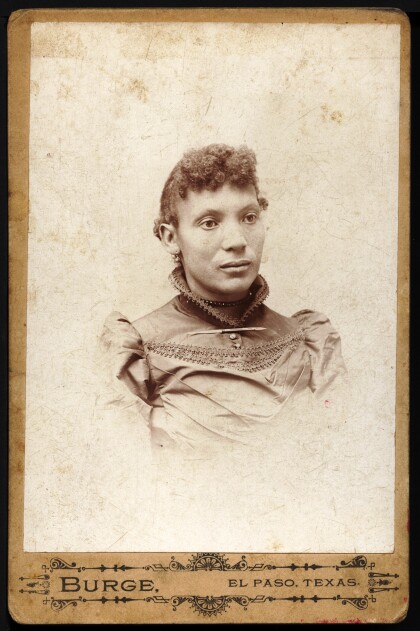
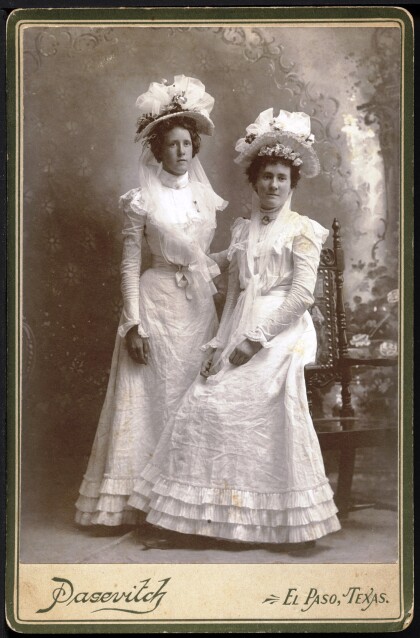
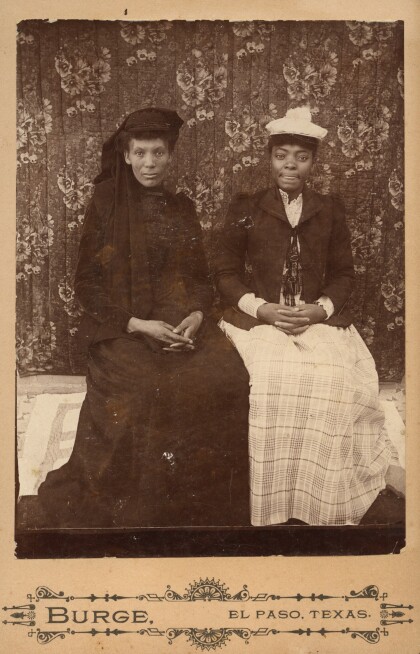
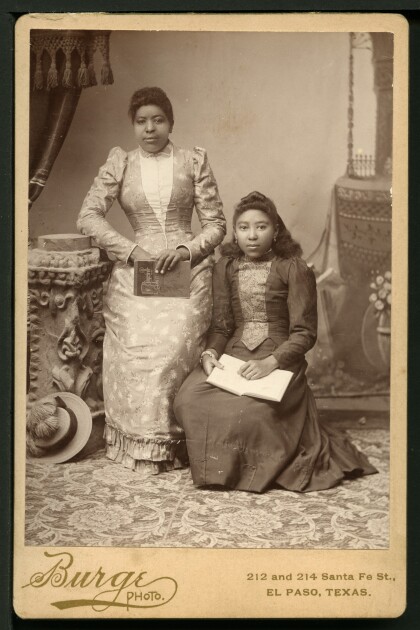
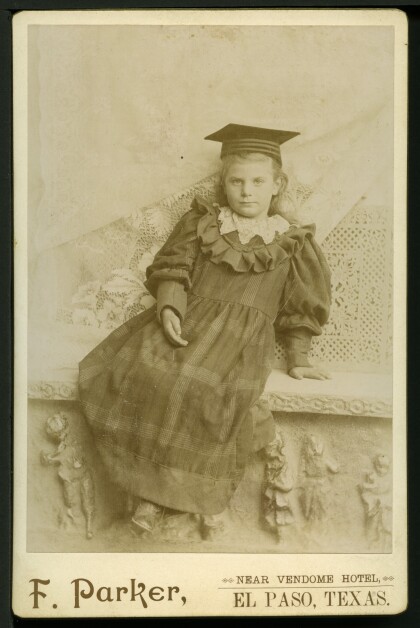
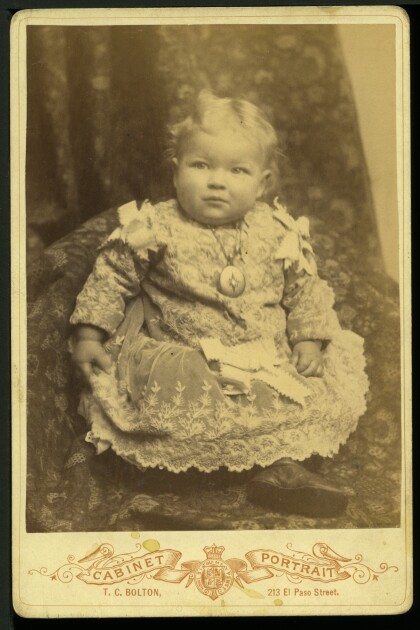
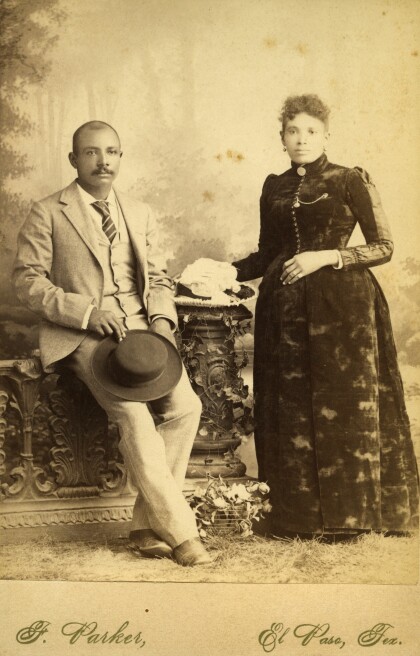
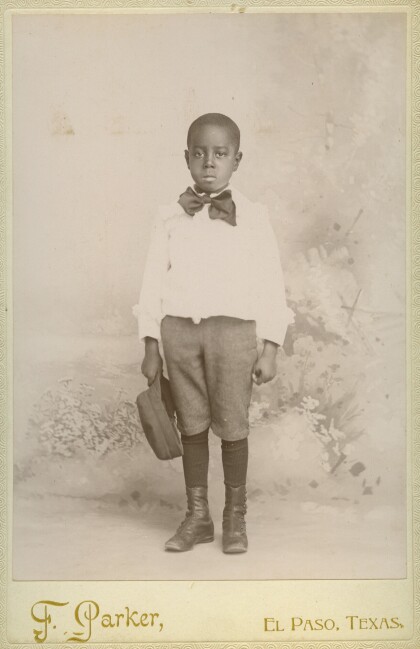
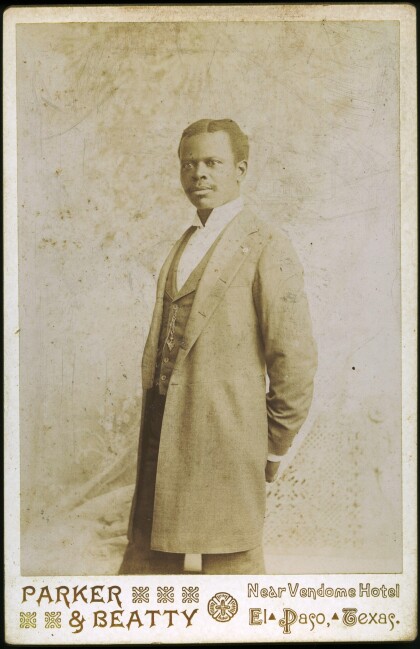
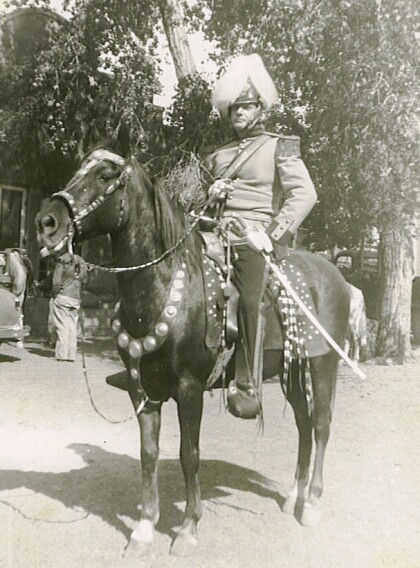
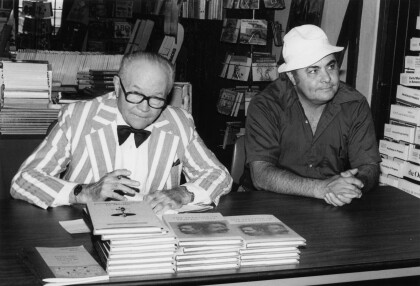
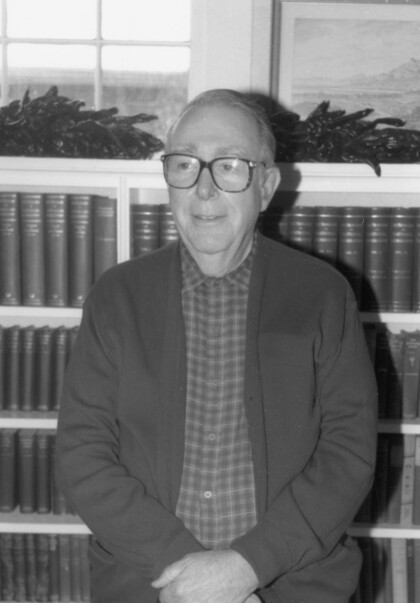
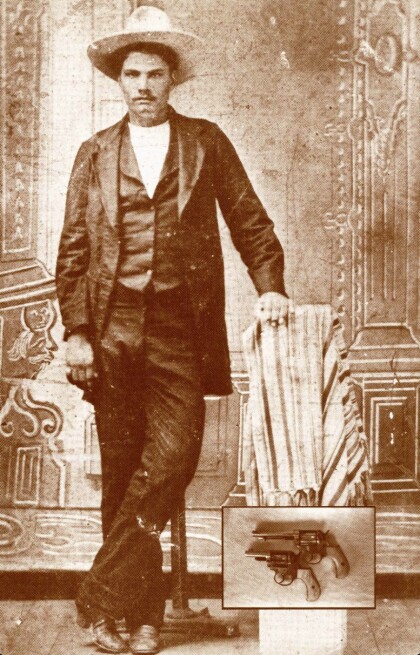
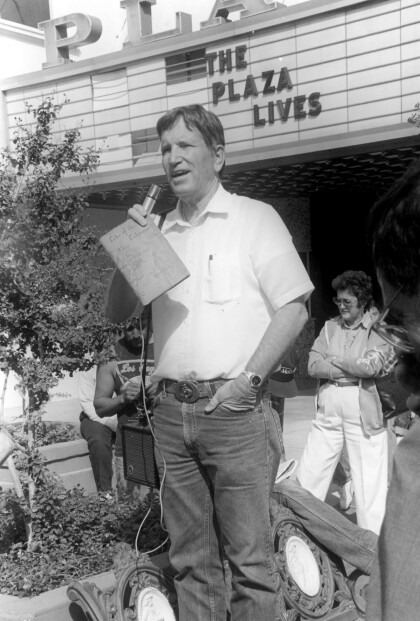
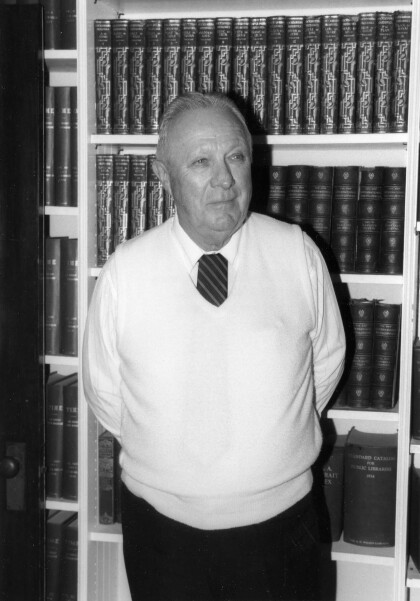
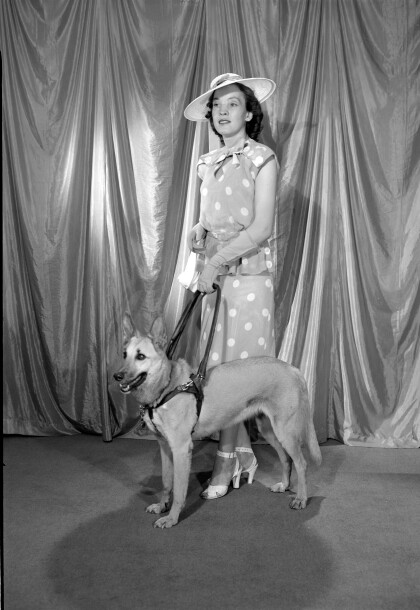
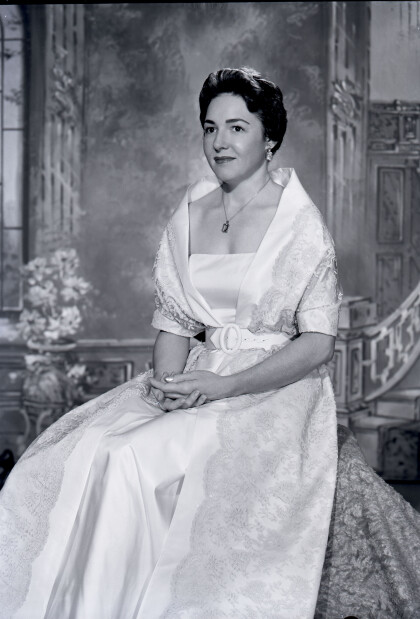
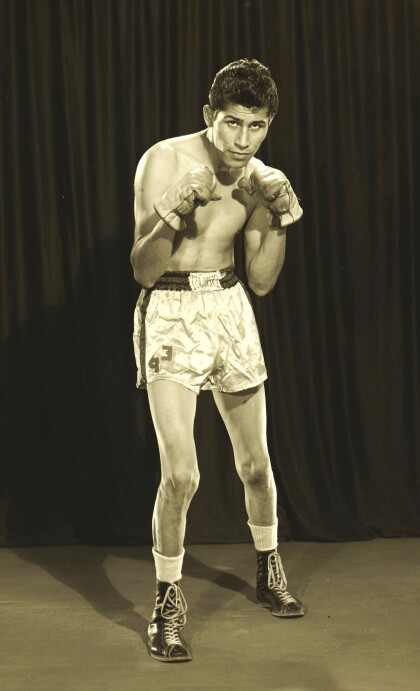
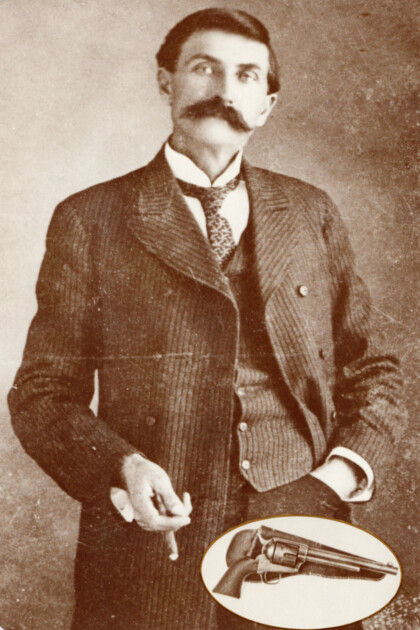
Comentarios
Hacer un comentario